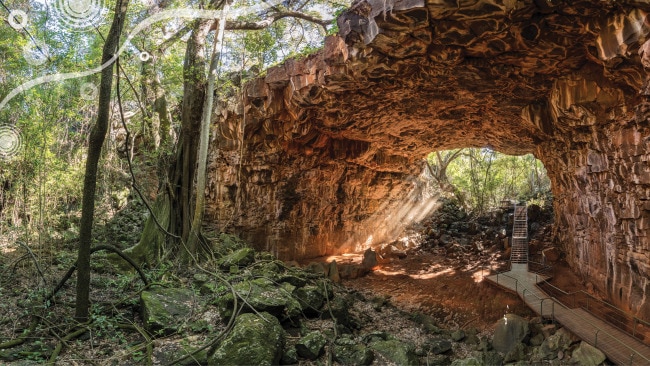SES calls on South Australians to think before dialling
THE SES is here 24/7 to help South Australians in an emergency – but not everything constitutes an emergency...

THE SES is here 24/7 to help South Australians in an emergency – but not everything constitutes an emergency...
It’s 8.15am on a Tuesday morning and you’re running late. The kids have to be dropped at school and you have a 9am meeting with an important client. You rush everyone out the door – and stop dead in your tracks. It’s been a stormy night and that beautiful wattle tree that’s been gracing your garden for the past 10 years is now lying across your driveway, blocking access to the main road. Your car isn’t going anywhere in a hurry – and the clock is ticking.
Who are you going to call?
If your first thought is the State Emergency Service, you’re wrong. But, don’t worry, you’re not the only one – each year, thousands of South Australians call the SES to help them in situations such as this. But, before dialling 132 500, ask yourself one question: Is it really an emergency? Yes, having a tree across your driveway isn’t the best start to the day – but is anyone’s life at risk?
If the answer is no, then it’s not a job for the SES.
“What constitutes an emergency for you may be different for me,” says Jon Carr, SES senior corporate communications officer. “So for example if a tree is blocking your driveway and you can’t get the car out to get the kids to school, to some people that might be an emergency but I would argue probably not because there’s no one in danger of losing their life. It’s an inconvenience but it’s not an emergency.”
Originally established in 1955 as the Civil Defence Service before becoming the State Emergency Service during the 1970s, the SES now has 1500 volunteers working alongside full-time staff in 67 units across South Australia. As well as extreme weather events such as floods and storms, members also assist emergency services at road crashes, and during land search operations and major bushfires, while specialised field members attend marine, swiftwater, vertical and confined space rescues.
With the SES receiving on average 10,000 calls for assistance per year – 15,000 during “busy” years such as in 2016 with the statewide blackout – it’s essential that, when it is an emergency, those calls can come through to the SES.
Which means, for South Australians, making a responsible self-assessment of their situation before picking up that phone.
“We’re trying to get people to think a little bit more about when they call us and make sure they’re ringing us for the right reasons,” Carr says. “We’re hoping people will self-triage – so if it’s a life-threatening emergency they’ll ring 000 but if it’s a flood and storm call that requires a response from SES then we want them to ring 132 500. But if it’s a fairly minor matter, that can wait or is indeed something the homeowner needs to deal with themselves.”
A simple analogy to decide on the best course of action, Carr explains, is in the case of that fallen tree.
“We’re trying to get people to think about where that tree falls,” he says. “If it falls in your back garden and hasn’t caused any major damage, that’s something for the homeowner to deal with by calling an arborist. If the tree has fallen in the neighbouring park, that’s something you might want to alert the local council about.
“If that tree crushes someone in a car, that’s a life-threatening situation and people should ring 000.
“If the tree falls into power lines, call SA Power Networks.
“But if that tree has fallen onto the roof of your house or car, then the SES will be there to help.”
When it comes to both storms and flooding, there’s lots homeowners can do in advance to protect their properties, such as staying well-informed with weather updates, taking advantage of sandbags distributed by the SES and having an action plan in place.
And by taking responsibility for themselves, they may in turn be saving a life by freeing up the SES to deal with emergency situations.
“Like any emergency service we have finite resources, so when we have really big days of having jobs coming through every 30 seconds, we have to prioritise,” Carr says. “If we can get more people to help themselves, we can get to those really critical jobs a lot quicker.
“Because the SES might be needed somewhere else it actually is life-threatening.”
It’s all about remembering that the “E” in SES stands for “Emergency”.
Originally published as SES calls on South Australians to think before dialling


